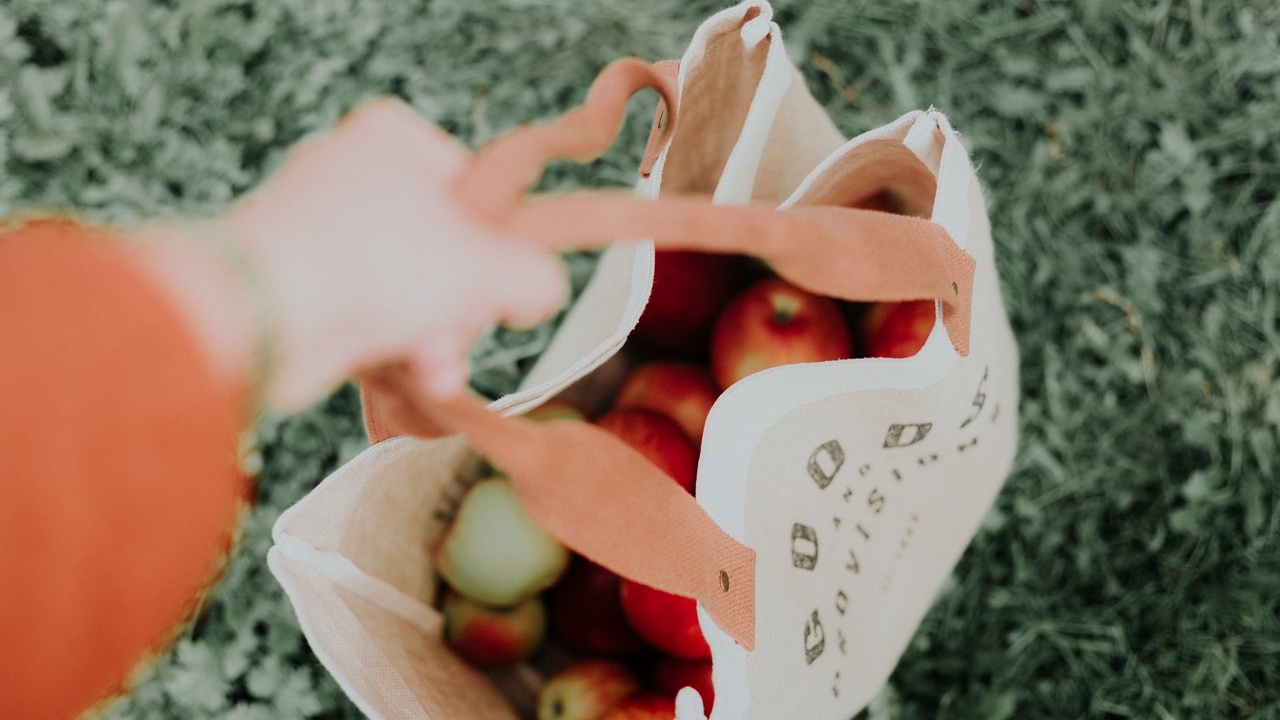Sustainable wellbeing and green living
Let's find ways to Flourish!
Learning about nature - in nature!

Education is one of the most important tools when it comes to protecting the environment and ensuring the health of our planet for future generations. After all, how can we care for the environment if we don’t understand how various environmental components work together to create a well-functioning ecosystem?
As David Attenborough said, “No one will protect what they don’t care about; and no one will care about what they have never experienced.”
Luckily, we have environmental education centres to help facilitate environmental learning for children and adults alike.
Nature education centres bring people together to share memorable experiences and build sustainable relationships with nature as well as each other. These centres provide the public with nature-based programming, outdoor recreation activities, facilities for environmental education, and ample opportunities to engage with the environment and learn something new!
Now, what kinds of nature education centres are out there? ...
An ancient building technique is gaining new fans: Rammed Earth Construction

Image Sourced From: Green Building Advisor
How familiar are you with construction methods and materials? The vast majority of buildings, both residential and commercial, are built around a frame made of dimensional lumber (standard 2x4 pieces of wood) or light-gauge steel. Other construction methods, such as bricks and reinforced or unreinforced concrete, are often used in conjunction with a frame.
However, these aren’t the only methods of construction available, nor are they the most environmentally friendly methods! For example, concrete has a significant environmental impact, as the cement industry is one of the main producers of the world’s CO2 emissions.
So, what other kinds of construction methods and materials are out there? Rammed earth is an ancient building technique that is just as applicable today as it was thousands of years ago. Not only is it applicable, but it also is sustainable and quite aesthetically pleasing. It is just one of many green building techniques. As b...
Coffee chat and repair? The rise of Repair Cafés

Image Sourced from: Repair Café
When it comes to dealing with broken appliances, furniture, technology, clothing, bicycles, and more, it can be expensive to get these items repaired professionally. Sometimes you might feel that you should simply dispose of your broken item and buy a new one. However, this endless cycle of buying and replacing doesn’t benefit the environment. It also can end up costing you more in the long run.
You might have also noticed that repair shops seem to be disappearing. For example, it’s not that common to come across shoe repair shops anymore despite the fact that we obviously all still wear shoes! This means that it is much more common to throw out a pair of shoes once you’ve worn out the soles instead of simply getting the soles replaced. With the combination of decreased repair shops and an increase in consumer culture, this leaves people with few opportunities to repair and reuse their items.
Enter a new wave of resources to help you learn how to repa...
So, you want to build a deck or fence...

- pressure-treated wood,
- naturally weather-resistant wood,
- composite
- PVC (plastic)

Pre and Post Natal Sustainable Wellbeing

It is easy for new parents to feel a little overwhelmed and even scared at times when you consider all of the changes happening. Then to add on the concerns over environmental sustainability, and avoiding harmful toxins, what you should or shouldn't buy can be quite the maze!
I chatted with Kimberly McFerron, Pre and Post Natal Exercise and Education Specialist and she talked about her own experiences with navigating sustainability issues in pregnancy and with a newborn and comes up with plenty of great advice, everything from diaper pails to baby food. And all with the perspective that you don't need to do it all at once.
Focus on Essentials
Kimberly suggests that all you really need to do is focus on the fundaments of ensuring that women feel safe and supported during pregnancy and focus on the essentials of what a new baby needs, which is really their food, sleep and clean diapers.

So how does she accomplish this with an eye to living lighter on the earth? For her, th...
Breaking the Fast Fashion Habit

"I have nothing to wear!" How often have we exclaimed this even though we have a closet stuffed full of clothes? Yet, it happens - so we might head out and purchase something new at a cheap price point, and there it is - the fast fashion habit! The problem is, it is causing huge harm to the environment, and perpetuates poor labour practices. But, not to worry, we have AK Bryan here to help us to break the fast fashion habit, with practical tips and great ideas!
As you are aware, the fashion industry has been ramping up the production of inexpensive and cheaply made fashion and it comes at a high cost - to the environment and to the poorly paid workers in the industry. The problem with excess production of cheaply made garments is that it is placing an enormous toll on the environment. Everything from the source textiles whether it is cotton or synthetics, and all the way along the production process there are resources used and carbon emitted, and waste generated.
And what ar...
Why does gardening make us happy?

Have you noticed that spending time in nature is a great way to enhance your physical and mental wellbeing? Well, you are not alone! There is a reason that gardening and walking outdoors and spending time in nature is such a lasting activity that people keep coming back to - and especially during the COVID-19 pandemic.
Are you growing a garden, perhaps for the first time? It turns out there are benefits to us beyond the joy of watching plants grow and reaping the harvest of our efforts. For starters gardening gives us enjoyable light physical activity and, the psychological benefits of gardening include reduced stress, increased happiness, and overall mood enhancement. To learn more about the benefits of gardening, click here!

Similarly, forest bathing - spending time immersing yourself in nature and connecting to the natural world, provides individuals with significant psychological and physiological improvements such as reduced anxiety, stress relief, decreased blood pressure and...
The value of green infrastructure

Cities can be great places to live, especially if you are looking to reduce your environmental impact, as higher-density cities use less land per person, encourage methods of active transportation such as walking or biking, and offer pro-environmental businesses and services like carshare and cupshare.
Despite these benefits, cities are often missing a crucial element: nature! One of the biggest differences between rural life and city living is that nature is less accessible and less visible in urban areas. However, this doesn’t have to be the case!
As we have become more aware about the important role that nature plays in the human experience, it has become more common to include green infrastructure in our cities!
Green infrastructure can be defined as the natural vegetative systems such as green spaces and trees in towns and cities that provide us with environmental, societal, and economic benefits.

Different types of green infrastructure and their benefits
Green spaces in ci...
Is precycling the answer?

While you are likely quite familiar with the phrase “reduce, reuse recycle,” have you ever heard of the term “precycling”? If not, precycling is the practice of reducing the amount of waste you produce by avoiding certain items, actions, and activities that result in the creation of waste in the first place. Brilliant right?
Precycling is essentially the step you take before resorting to recycling, reusing, or landfilling an item, as it occurs at the point of purchase. By avoiding purchasing single use or disposable items, you don’t have to worry about finding the most environmentally friendly way to deal with your waste! Additionally, precycling is a great way to get into the habit of buying earth-conscious items!
In order to apply the concept of precycling to your life, it is helpful to first assess the areas in your life where you tend to produce the most waste. Then, you will be able to brainstorm different ways to precycle, therefore reducing your waste production.
Take a hard ...
Have you tried JOMO?

These days, it might feel like your entire world is online. When you’re not using your laptop or phone for work, you may often find yourself browsing the internet or scrolling through your social media news feeds. Whether you’re on Facebook, Twitter, Instagram, YouTube, dating apps, your favourite news website, or all of the above, there is a good chance you spend a decent-sized chunk of your day online.
Not only can this end up being a major waste of time, but you are actually consuming and internalizing this content whether you realize it or not! Have you ever noticed that you experience an influx of negative emotions after consuming certain types of online content? Perhaps you feel like your life isn’t as exciting as your favourite social media influencers’, your extracurricular activities aren’t interesting or “on trend,” or your achievements aren’t actually that impressive. Unfortunately, the list can go on and on.

Social media promotes FOMO
While many of us are aware of the ...

